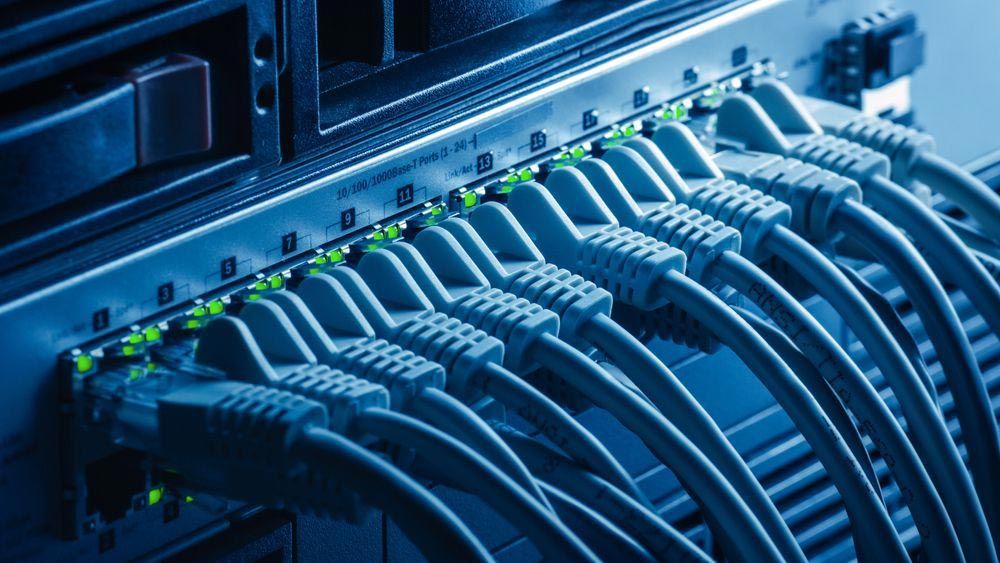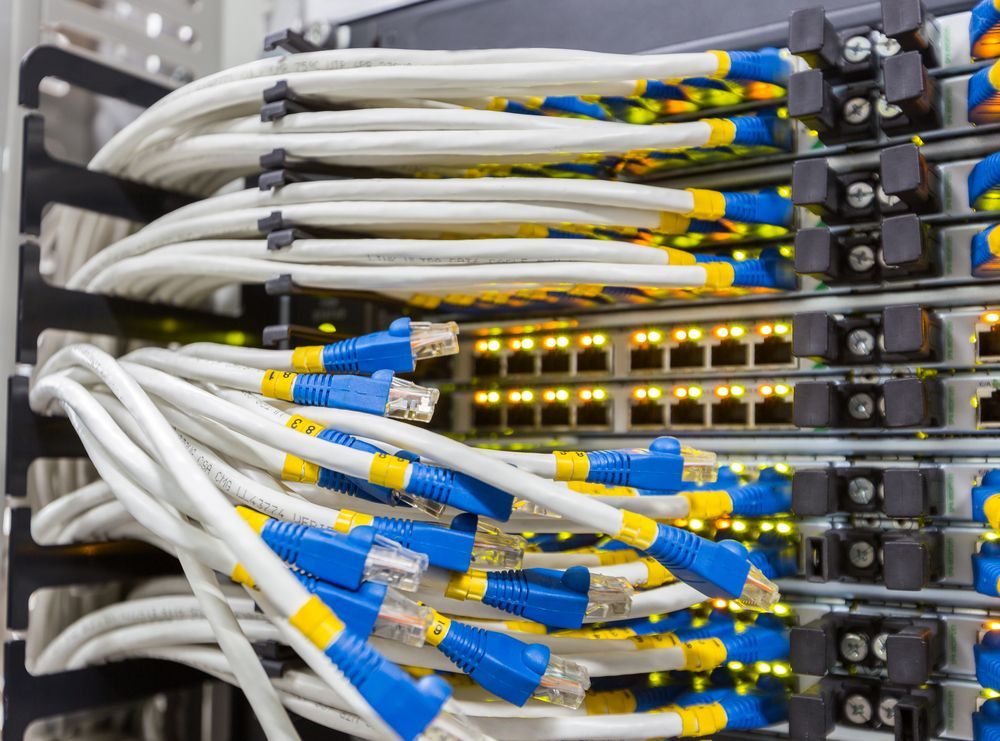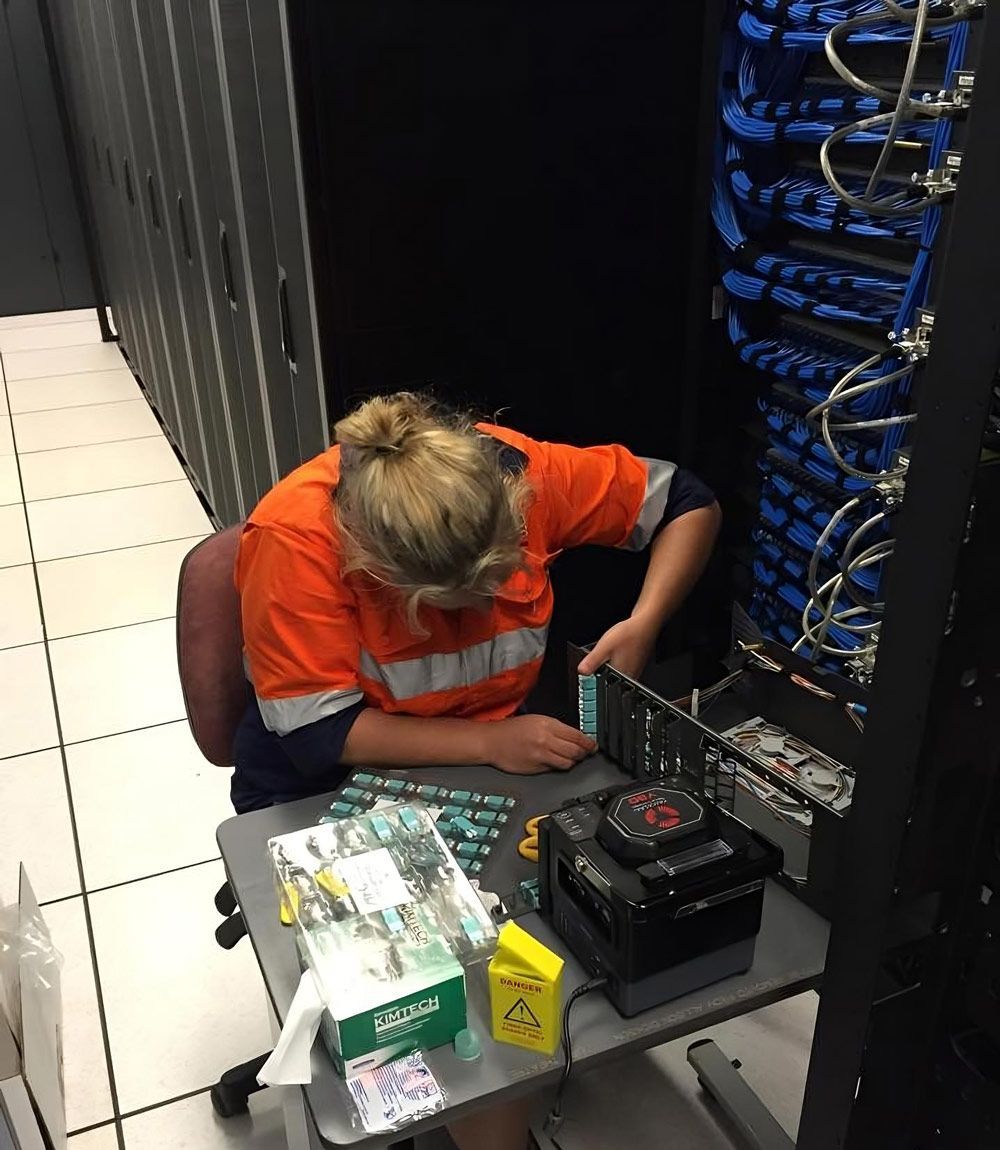What Are The Network Cablings Standards In Australia
Setting up a reliable network infrastructure is essential for modern businesses to ensure seamless communication and efficient data transfer. In Australia, we have specific network cabling standards and practices in place to guarantee the proper functioning and safety of these networks. In this article, we'll explore Australian network standards and practices, discuss various types of cables used and show how AJ Technology Services can help you build a dependable and compliant network system.
Understanding Australian Network Standards and Practices
The Australian Communications and Media Authority (ACMA) takes care of regulating network cabling standards in Australia. They enforce the Wiring Rules, found in the AS/CA S009:2013 standard. This standard sets the requirements for installing and maintaining customer cabling and registered cablers and businesses must follow it.
Key Components of the AS/CA S009:2013 Standard
Safety Requirements: This standard prioritises safety in customer cabling installations, addressing electrical safety, earthing and bonding to reduce risks and ensure a safe environment.
Performance Requirements: AS/CA S009:2013 establishes minimum performance levels for customer cabling, guaranteeing networks support required data speeds and compatibility with telecommunications services.
Installation Practices: The standard highlights proper installation and maintenance practices, including cable routing, termination, labelling and testing for efficient and easily managed networks.
Compliance and Certification: To adhere to the standard, cablers must be registered and hold relevant competencies. Businesses must also obtain a Certificate of Compliance for new installations and major upgrades.
Installation Requirements
Following the installation requirements set by the AS/CA S009:2013 standard is vital for ensuring the safety, performance and longevity of your network infrastructure. Here are some key installation requirements:
Cable Routing: Make sure cables are well-supported and protected from potential damage. Keep cables away from heat, moisture, or EMI sources.
Termination: Use correct termination techniques and components to maintain signal integrity and prevent issues like crosstalk.
Labelling: Label all cables and termination points clearly for easy identification and management.
Testing and Verification: After installation, conduct thorough testing to ensure the network meets performance levels and complies with the AS/CA S009:2013 standard.
A Closer Look at Types of Network Cables Used in Australia
Australia has several types of network cables, each with unique features and applications. These cables cater to varying network requirements, from small businesses to large-scale data centres.
Unshielded Twisted Pair (UTP): UTP cables are the most popular type of network cabling for Ethernet connections, featuring twisted pairs of copper wires to reduce interference and maintain signal integrity.
Shielded Twisted Pair (STP): STP cables have extra shielding to protect against electromagnetic interference (EMI), making them perfect for environments with high EMI levels or where sensitive equipment is in use.
Fibre Optic Cables: Fibre optic cables transmit data using light signals, providing higher bandwidth and longer transmission distances compared to copper-based cables. They're immune to EMI and perfect for long-distance, high-speed applications.
Coaxial Cables: Coaxial cables are used in specific applications like cable television and broadband internet connections. They feature a central conductor surrounded by insulation and a metallic shield, providing high resistance to EMI.
Choosing the Right Cable for Your Network
Selecting the right cable type for your network depends on factors like required data transmission speed, distance and environmental conditions. Keep these guidelines in mind when choosing the right cable for your network:
Data Transmission Speed: For high-speed data transfer, consider fibre optic cables or higher category UTP cables (such as Cat 6 or Cat 6A).
Distance: Fibre optic cables are the most suitable option for long-distance connections due to their low signal attenuation and immunity to EMI.
Environmental Conditions: In environments with high levels of EMI or where sensitive equipment is present, use shielded twisted pair (STP) cables or fibre optic cables.
Enhance Your Network with AJ Technology Services
If you're looking to upgrade your network infrastructure or ensure compliance with Australian cabling standards, AJ Technology Services is here to help. Our team has extensive expertise in network cabling and can provide tailored solutions to meet your unique requirements.
From UTP and STP cables to fibre optic and coaxial cables, we have the knowledge and experience to ensure your network is reliable, efficient and up to date with the latest industry standards. Don't leave your network's performance to chance – visit AJ Technology Services or get in touch with our friendly team today to discuss your networking needs.
Related Articles
SITE LINKS
COMMUNICATIONS
Security
Audio Visual
Electrical
SECTORS
- Darwin NT
- Toowoomba QLD
- Brisbane QLD








